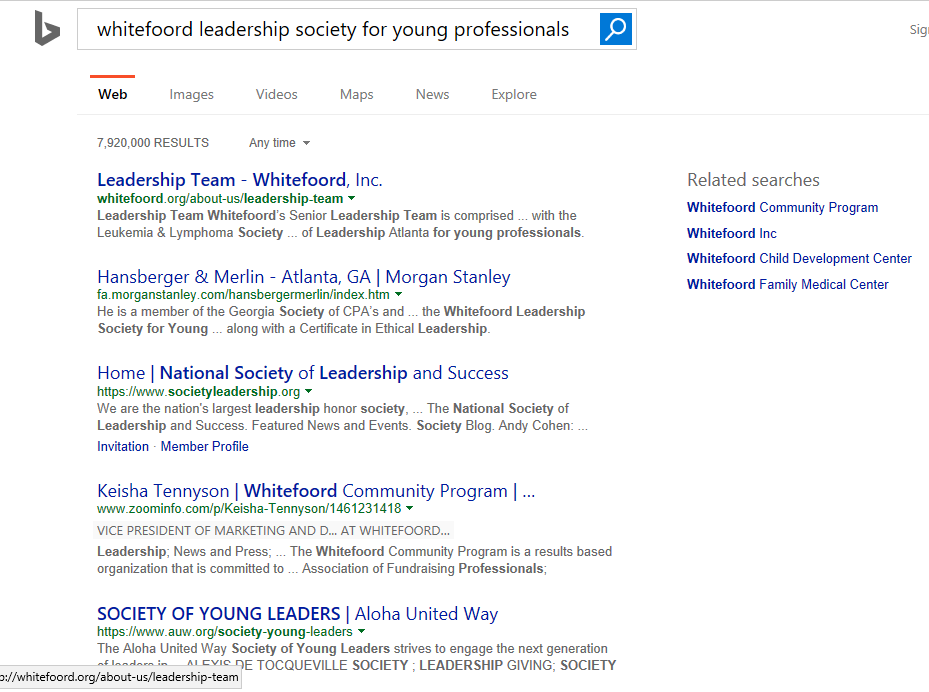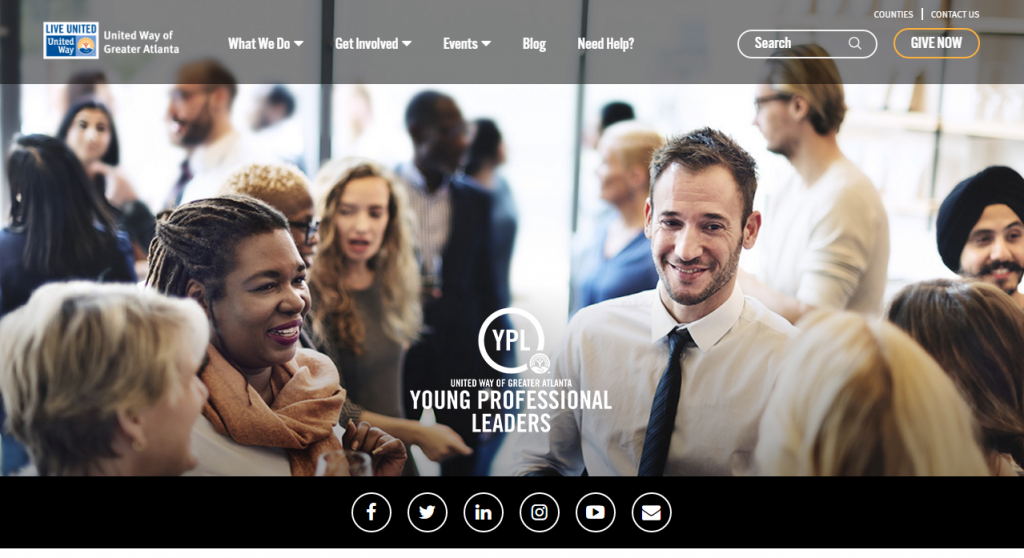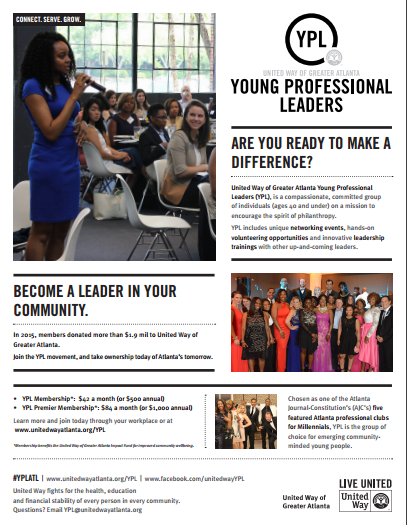What do young professionals like?
All of this information does take into consideration that Whitefoord, Inc. is trying to garner membership for their new and growing program, The Whitefoord Leadership Society for Young Professionals
- Accessibility and Social media
Most, if not all, young professionals aged 25-45 have a smart device, the primary device being a smartphone. With these devices it is more likely that these individuals have a social media profile.
See Pew research on data for social media usage by age: http://www.pewinternet.org/data-trend/social-media/social-media-use-by-age-group/
And it looks like Facebook is still the most used platform:
http://www.pewinternet.org/2016/11/11/social-media-update-2016/
I understand that the Society Facebook page is private for exclusivity reasons, but it might be hard to garner membership when there are only 13 active members. I strongly believe that making the Facebook page public would be to the Society’s benefit. Making the page public would make the Society more visible to the public, which could also serve as a way to gain members for the program, as word of mouth can only travel so far. More visibility means more people can see what the Society is and what they are doing. Also, if the number of people using social media continues to rise, that shows that social media visibility is worth utilizing. If one of the main goals for the program is to garner membership, then I believe that the Society’s Facebook page should be public. Once Whitefoord acquires their numerical goal (50+), a way to maintain exclusivity is to make the application process more competitive. A second benefit to this change would be more visibility when someone uses a search engine to find more information about the society. The following image is an example of what results appear after a Google search:
Not one of the top five search results directly leads to any information about Whitefoord’s Leadership Society for Young Professionals. The first result has some relevance as it takes the searcher to one of Whitefoord’s pages on their website, but it does not include direct information about the Society. The second search result is for another nonprofit young professional leadership program, which can be a negative thing for Whitefoord, because it can distract the searcher into clicking on their webpage, and as a result, Whitefoord may lose a potential member to another organization. The third and fourth results are links to our team members’ webpages. The fifth result can result in the same consequence as the second result. The next image is an example of what results appear from a Bing search:
The results of this search are similar to the Google search results. The first result is the same as the Google search; the fourth result also links back to a Whitefoord entity. The second result is the bio of the financial advisor that I mentioned earlier in this document, her name being Emery Bourne. The third and fifth results of the bing search pose the same consequence as the second google result.
If you are completely against making the Society’s Facebook page public, I would suggest to at least market and make posts about the Society on Whitefoord Inc.’s public business page in order to gain some of the benefits previously mentioned.
- Simplistic Contrast Design
The following pages are examples from other nonprofit organizations that have developed a specific program for young professionals. The purpose of these examples is to illustrate what other organizations are doing.
These examples are from United Way’s YPL program in Atlanta. Currently, YPL is active on Facebook, Twitter, Instagram, Youtube, and LinkedIn. YPL currently has 196 likes on the group’s Facebook page. I feel that YPL is a credible model for Whitefoord to use, or at least an organization Whitefoord can use to compare the progress of their young professional program, The Society. All of the images utilized here are valuable tools for YPL’s marketing. There are a couple of consistencies to note (and that Whitefoord can consider to use as marketing strategies for The Society):
- A unique logo. From our prior meeting, it was discussed that Whitefoord, Inc. did not want to create a new logo for The Society; however, I believe creating a unique logo for The Society would add to membership exclusivity, and it would give The Society a unique branding. Looking at YPL, the logo includes a unique portion (the YPL acronym enclosed in a circle) that connects with the traditional United Way logo. Whitefoord could create a logo that is similar to their traditional branding but has some sort of distinct feature that would set The Society members apart while still leaving them connected to the Whitefoord ideals and traditions.
- Contrast. Whitefoord’s branding is mostly dependent on their color choices and logo; however, I feel that a simpler contrast (and fewer colors) would be more attractive to the young professional eye. The colors that are included in Whitefoord’s style guide make sense because they are colors that are associated with children, and Whitefoord helps children in their community, but members of The Society may not necessarily have children. Also, some of the events planned for The Society are not child-centered (the exception being the volunteer day, to my understanding) and I feel the colors utilized in the welcome packet should reflect this.




Leave a Reply